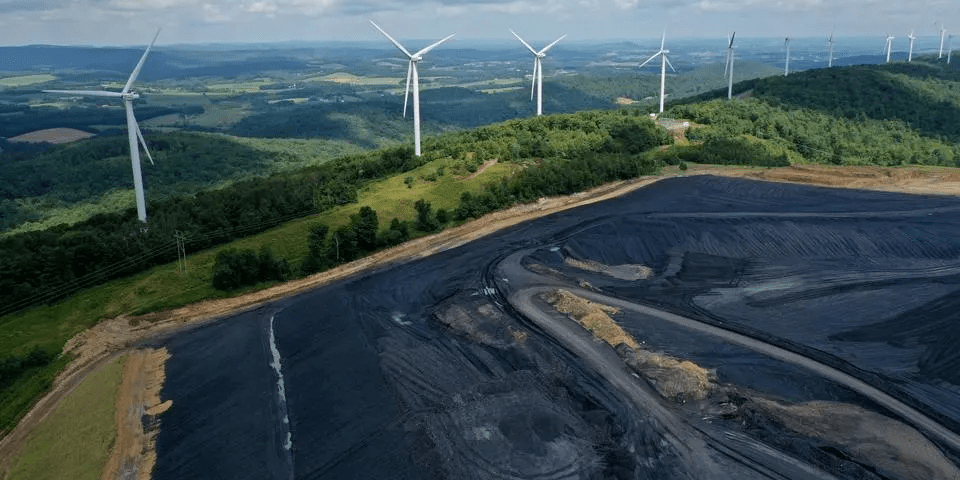One area that has experience significant upheaval is the consumption patterns of coal, natural gas, and renewables. This is the story of that transformation.
Early 2000s: Dominance of Coal
At the beginning of the 21st century, coal was the dominant energy source for electricity generation in the United States. In 2000, coal consumption stood at 22.6 quadrillion British thermal units (BTUs), reflecting its widespread use in power plants across the country. This was primarily a reflection of coal’s relatively low cost and abundance in the U.S.
Natural gas consumption was also substantial at 23.3 quadrillion BTUs, but it was primarily used for heating and industrial processes. However, it would soon be a rapidly growing fuel for electricity generation. Renewable energy, including hydroelectric, wind, solar, and biomass, contributed a modest 5.7 quadrillion BTUs.
Mid-2000s: Rise of Natural Gas
The mid-2000s saw a notable increase in natural gas consumption, driven by advances in hydraulic fracturing and horizontal drilling techniques that unlocked vast reserves of shale gas. By 2005, natural gas consumption stood at 22.7 quadrillion BTUs, but it was on the verge of breaking out.








